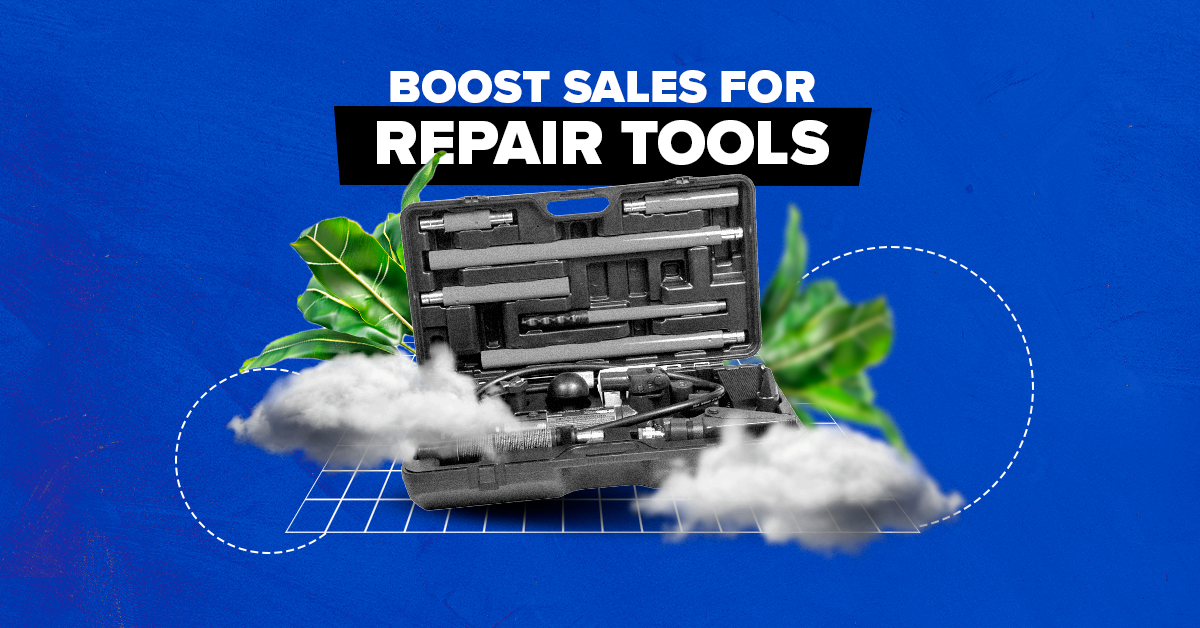
Picture this: You've got the best collision repair parts and tools in the business, but your online presence is about as visible as primer on a freshly sanded panel. If you're running a collision repair parts business or selling refinishing tools, you're probably watching larger distributors dominate search results while your quality products sit in digital obscurity. Trust me, I've seen this story play out countless times in my years running Scube, helping auto parts ecommerce, and it doesn't have to end with you losing market share to the big players.
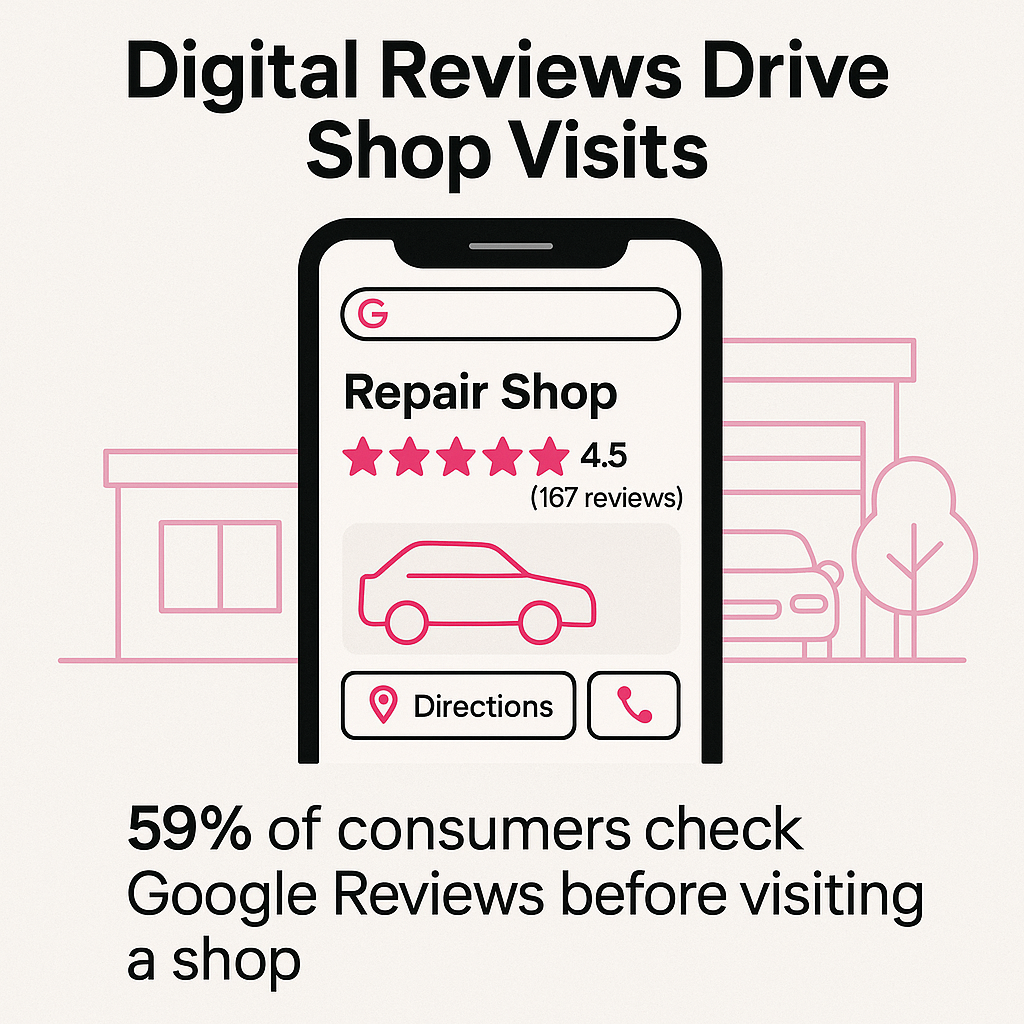
The collision repair industry is experiencing a significant shift toward digital purchasing, with 59% of consumers checking Google Reviews before visiting a shop (Source: AutoLeap). This trend directly impacts parts and tools suppliers - when body shops trust your brand online, they're more likely to choose your products. The good news? Small to mid-sized collision repair parts companies can absolutely compete with industry giants through smart, targeted online marketing strategies.
In this guide, I'll walk you through the exact digital marketing tactics that work specifically for collision repair and refinishing businesses. We'll cover local SEO strategies that get your parts found by nearby body shops, paid advertising approaches that actually convert, and conversion optimization techniques that turn browsers into buyers. By the end, you'll have a clear roadmap to build an online presence that drives real revenue growth.
Before we get into tactics, let's talk about what makes marketing collision repair parts different from selling, say, consumer automotive accessories. Your customers aren't weekend warriors browsing for fun - they're professional technicians and shop owners who need specific parts to complete paying jobs. This changes everything about how you approach your marketing message and channel selection.
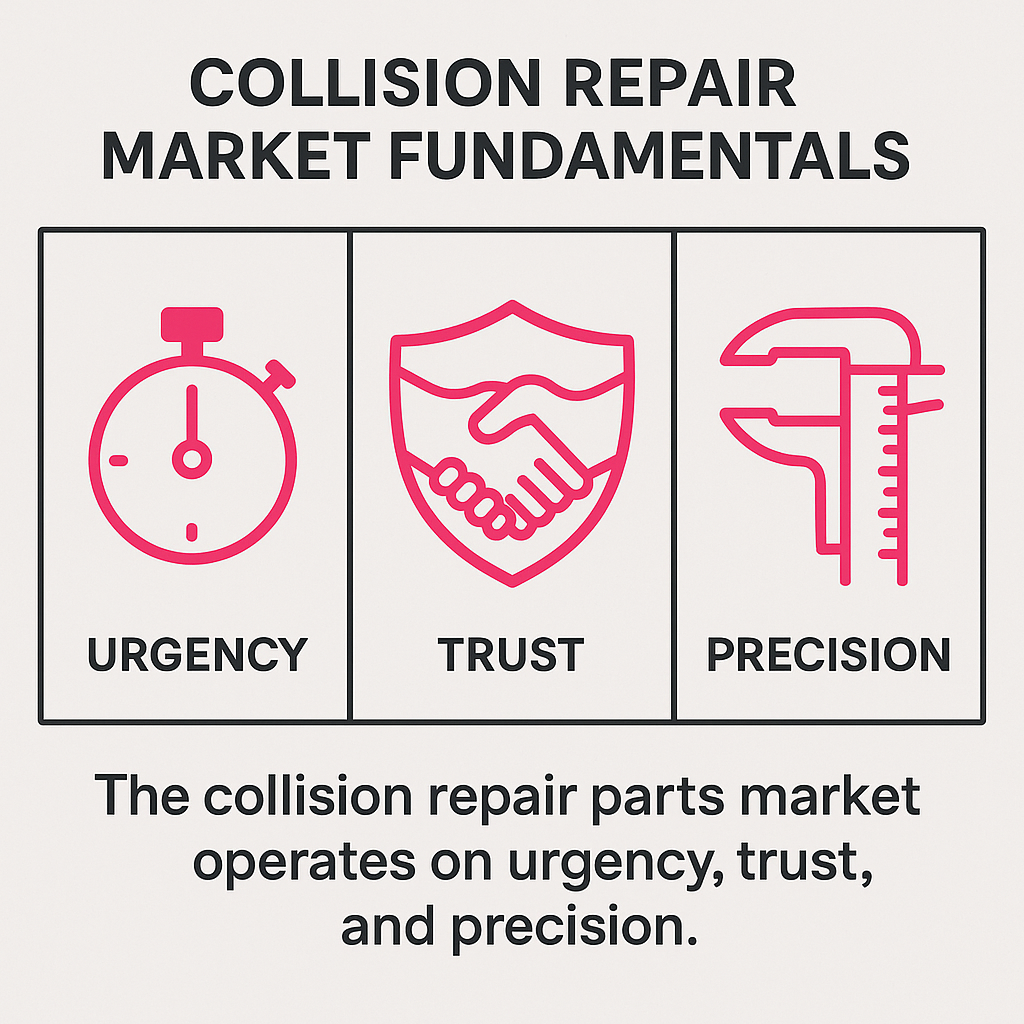
The collision repair parts market operates on urgency, trust, and precision. When a body shop needs a quarter panel for a 2018 Honda Accord, they need the exact part, they need it fast, and they need confidence it'll fit perfectly. Your marketing needs to address these three critical factors in every touchpoint.
Here's what sets successful collision repair parts marketing apart from generic automotive marketing:
Understanding this distinction helps you avoid the trap of generic automotive marketing that speaks to car enthusiasts instead of professional repair technicians. Your content, ad copy, and website optimization should all reflect the professional, urgent nature of collision repair work. This is why specialized automotive marketing expertise makes such a difference in this space.
Local SEO isn't just for consumer-facing businesses - it's absolutely critical for collision repair parts suppliers who serve regional markets. Body shops typically prefer local or regional suppliers for faster shipping, easier returns, and relationship building. Your local SEO strategy should focus on capturing searches from professional buyers in your service area.
Start with your Google Business Profile optimization. Even if you're primarily B2B, body shop managers and technicians still use Google to find parts suppliers. Your profile should clearly indicate you serve collision repair professionals, include photos of your parts inventory, and maintain consistent NAP (Name, Address, Phone) information across all online directories.
The keyword strategy for collision repair parts requires a different approach than consumer automotive SEO. You're targeting searches like "collision repair parts supplier [city]," "body shop paint supplies near me," and "OEM auto body panels [region]." These searches have lower volume but much higher commercial intent from your ideal customers.
Content marketing for local SEO works particularly well in the collision repair space because technicians actively search for technical information, installation guides, and product specifications. Creating educational content around your products positions you as an expert while naturally incorporating local search terms.
If you're selling collision repair parts online, Google Shopping campaigns should be the foundation of your paid advertising strategy. Unlike other industries where Shopping ads compete with lots of consumer products, collision repair parts searches often have less competition and more qualified traffic.
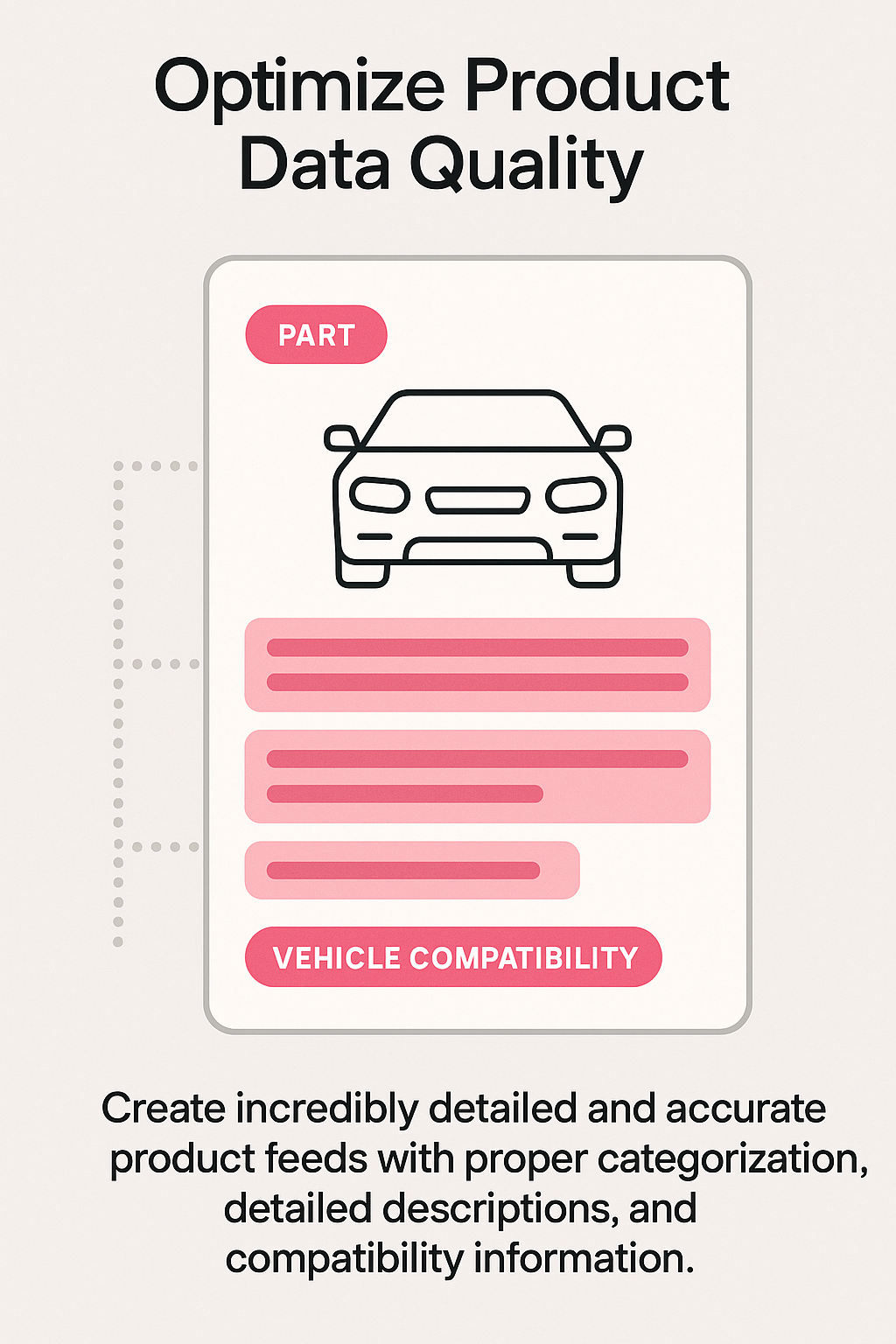
The key to Shopping success in this space is product data quality. Your product feeds need to be incredibly detailed and accurate because professional buyers have zero tolerance for receiving the wrong part. This means investing time in proper product categorization, detailed descriptions, and accurate compatibility information.
Your Shopping campaigns should be structured around repair workflow rather than traditional product categories. Think about how body shops actually purchase - they're working on specific vehicles and need parts that fit together. This is where proper feed management becomes crucial for maintaining campaign performance.
Smart Shopping campaigns can work well for collision repair parts because Google's machine learning can identify patterns in professional purchasing behavior that might not be obvious. However, you need sufficient conversion data for the algorithm to optimize effectively, so start with Standard Shopping to gather data if you're new to Google Ads.
Beyond Shopping ads, search campaigns targeting collision repair keywords can capture high-intent traffic from professional buyers researching specific solutions. The beauty of advertising to professional buyers is that they typically have larger order values and clearer purchase authority than consumer traffic.
Your search campaigns should focus on commercial and transactional keywords rather than informational ones. Body shop technicians searching for "2019 Camry quarter panel replacement" are much closer to purchase than someone searching "how to repair car dents." This is where understanding automotive PPC strategy makes a significant difference in campaign performance.
Keyword strategy for collision repair parts advertising requires balancing specificity with search volume. Ultra-specific part numbers have low volume but extremely high intent, while broader repair category terms have more volume but less qualified traffic. The most effective campaigns use a portfolio approach across different keyword themes.
Ad copy for collision repair parts needs to emphasize professional credibility and practical benefits rather than emotional appeals. Technical specifications, availability information, and trust signals like OEM certification or warranty details perform much better than lifestyle-focused messaging.
Your website serves as the ultimate conversion tool, but collision repair professionals have different expectations than consumer shoppers. They want technical information, quick ordering processes, and clear communication about availability and shipping. Professional buyers typically abandon sites that feel too "consumer-oriented" or lack the technical depth they need.
The most successful collision repair parts websites I've optimized focus on search functionality and product information rather than flashy design elements. Body shop technicians are often searching during work hours and need to find specific parts quickly without navigating through marketing fluff.
Product pages need to provide comprehensive technical information that answers professional buyers' questions without requiring a phone call. This includes compatibility information, installation notes, warranty details, and clear product specifications. The optimization of product pages for professional buyers differs significantly from consumer-focused approaches.
Mobile optimization remains important, but focus on functionality over aesthetics. Professional buyers using mobile devices are typically checking stock or confirming part numbers rather than browsing for inspiration. Your mobile experience should prioritize search, contact information, and quick access to account management features.
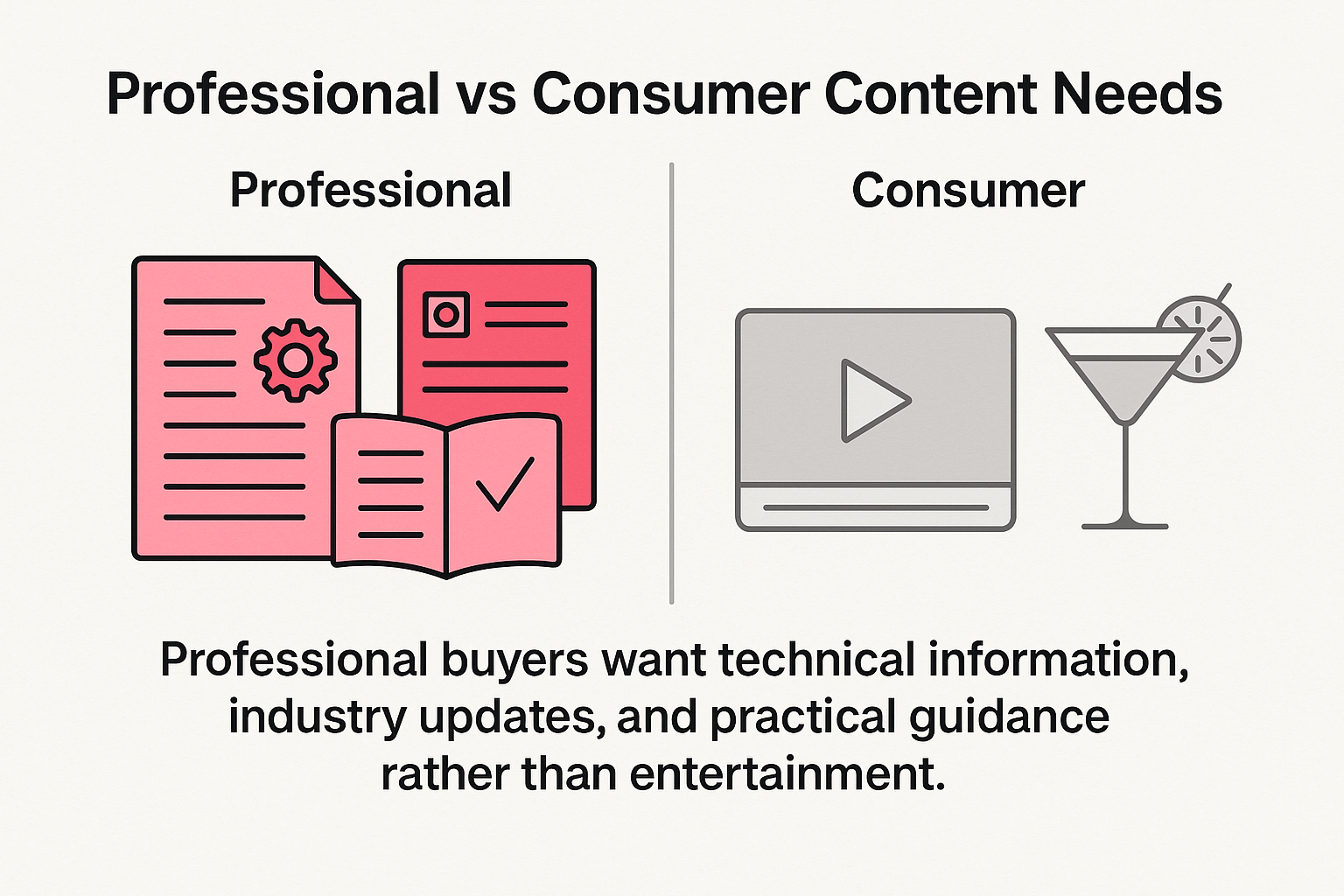
Content marketing for collision repair parts requires a completely different approach than consumer automotive content. Your audience wants technical information, industry updates, and practical guidance rather than entertainment or lifestyle content. The goal is establishing your brand as a knowledgeable industry resource that professional buyers can trust.
Technical guides and how-to content perform exceptionally well in this space because body shop technicians actively search for installation instructions, compatibility information, and troubleshooting guides. Creating detailed content around your products positions you as more than just a parts supplier - you become a technical resource.
Industry news and regulatory updates also provide content opportunities that consumer automotive brands can't match. Professional buyers need to stay informed about insurance requirements, safety regulations, and new repair techniques that affect their purchasing decisions.
Video content works particularly well for collision repair parts because visual demonstrations help technicians understand installation processes and product features. However, focus on functional demonstrations rather than polished marketing videos that might feel disconnected from the work environment.
Social media marketing for collision repair parts suppliers focuses on professional networking and industry engagement rather than consumer-style brand building. Your social presence should establish credibility within the collision repair community and provide value to professional followers.
Facebook and Instagram advertising can be effective for reaching body shop owners and managers, but the content strategy differs significantly from consumer automotive marketing. Professional audiences respond better to educational content, industry insights, and behind-the-scenes technical content than lifestyle or emotional appeals.
LinkedIn becomes particularly valuable for collision repair parts marketing because it allows you to connect directly with body shop owners, fleet managers, and other decision-makers. The professional context makes it easier to share technical content and industry insights without the noise of consumer social media platforms.
Social proof works differently in B2B contexts - testimonials from respected shop owners or industry professionals carry more weight than consumer reviews. Focus on building relationships with influential voices in the collision repair community who can authentically endorse your products and expertise.
Email marketing in the collision repair parts space focuses on practical communication rather than promotional messaging. Professional buyers want information about new products, industry updates, and technical resources rather than sales-focused newsletters that consumer brands typically send.

Your email strategy should align with how body shops actually operate - they need quick access to inventory updates, technical bulletins, and ordering information. Increasing customer retention by just 5% can boost profits by 25% to 95% (Source: Bolton Technology), making email marketing a crucial tool for building long-term business relationships.
Segmentation becomes critical because different types of professional buyers have different information needs. Shop owners care about business impact and cost savings, while technicians want technical details and installation guidance. Your email campaigns should reflect these different perspectives and information priorities.
Automation works well for collision repair parts suppliers because professional purchasing follows predictable patterns. Shops that order certain parts regularly can receive automated reorder reminders, while new customers can enter educational sequences that help them understand your full product range and capabilities.
Tracking marketing performance for collision repair parts requires focusing on metrics that reflect professional buying behavior rather than typical eCommerce metrics. Average order values tend to be higher, purchase frequency is more predictable, and customer lifetime value calculations need to account for business relationships rather than individual consumer behavior.
The most important metrics for collision repair parts marketing focus on customer acquisition cost relative to lifetime value, conversion rates for professional traffic, and retention rates for business customers. These metrics help you understand which channels deliver the most valuable professional customers rather than just the highest traffic volume.
Attribution becomes complex in B2B environments because professional buyers often research across multiple sessions and devices before making purchasing decisions. A technician might research parts specifications on mobile during work hours, then place orders from a desktop computer in the office. Your tracking needs to account for these longer, more complex customer journeys.
Use marketing software to track leads, bookings, and revenue generated from each marketing channel, allowing you to allocate budget to the most effective strategies for attracting professional buyers. Professional marketing services can help implement tracking systems that provide accurate attribution for complex B2B customer journeys.

Success in collision repair parts marketing comes from building genuine relationships with professional buyers rather than just capturing transactions. Body shops value suppliers who understand their business challenges, provide reliable products, and offer technical support when needed. Your marketing should reflect this relationship-focused approach.
The collision repair industry moves slower than consumer markets, but business relationships tend to be much more stable and valuable once established. Professional buyers typically stick with suppliers who prove reliable and knowledgeable, making customer retention more important than constantly acquiring new customers.
Long-term success requires staying connected to industry changes, regulatory updates, and evolving repair techniques that affect how body shops operate. Your marketing should position your brand as an industry insider who understands these changes and helps professional customers adapt to new requirements and opportunities.
Consider developing an eCommerce implementation roadmap that grows with your business and evolving customer needs. The collision repair industry continues to embrace digital purchasing, and your online presence needs to evolve to meet changing professional buyer expectations.
The key to thriving in collision repair parts marketing is understanding that you're not just selling products - you're supporting professional businesses that depend on your reliability and expertise. When your marketing reflects this understanding and provides genuine value to body shop professionals, you'll build the kind of business relationships that drive sustainable growth and industry reputation.